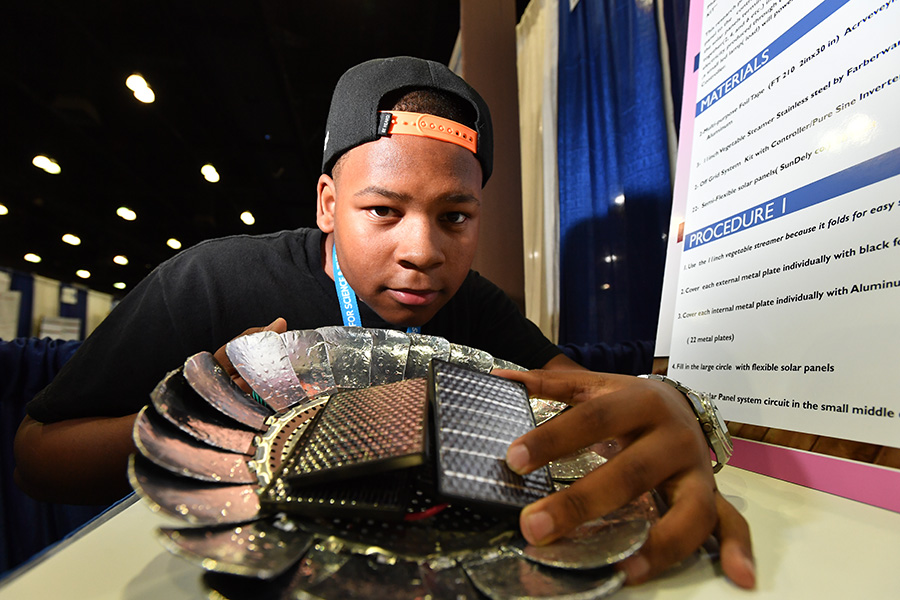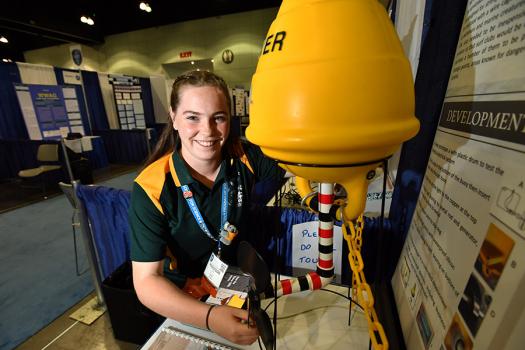Using a creative writing technique to improve scientific communication

One science teacher uses a beloved English and creative writing method in his classes. He workshops with his students, and “didn’t know that’s what I was doing until my wife told me; she’s in language arts,” said Paul Strode, a teacher at Fairview High School in Boulder, Colorado.
If you can’t write, you simply can’t do science.
Paul teaches a science research seminar where he gets students to think, write, and talk like scientists. “My goal is to have students become practicing, successful scientists,” he said. He keeps a blog, Mr. Dr. Science Teacher blog, where he posts useful information for teachers. One of his former students, Kai Klopfer, even returned to Intel ISEF this year to speak on an alumni panel.
A key part of this is practicing and improving their scientific writing skills. Being able to effectively communicate their research, and why it’s important, why it matters, is vital. “If you can’t write, you simply can’t do science,” Paul said. “You won’t be able to communicate new knowledge to your colleagues or the public.”

Even if he doesn’t understand all of what his students research, he can help them with the scientific process and communicating science.
Paul has his students read through several scientific papers and discuss what is effective within them. They research the paper authors. He even throws in a few pseudoscience papers from junk journals so they can use their critical thinking to find what is wrong with the scientific process, methods, graphs, and more. “Pseudoscience isn’t always evil. It’s mostly just bad science,” he explained. “This is a way to get students to be really skeptical about what they’re reading.”
Other aspects of workshop that Paul includes in his science classes are collaboration and feedback. “The best thing we can do for our students is to approach the teaching of science as a workshop,” he said. “It’s a community where you’re sharing and testing your ideas, and getting feedback in a very safe and open environment. My science workshop looks like that.”
The best thing we can do for our students is to approach the teaching of science as a workshop.
Paul’s students then work on their research and papers. He has them follow journal manuscript guidelines. The students workshop and peer review each other’s proposals and papers.
Teaching science in this way has helped him. “In my early years of teaching, I taught content, but I did not teach science,” Paul said.
The essence of a workshop:
- Student choice.
- Student voice and ownership.
- Student responsibility for learning, reading, writing, and thinking for big chunks of time.
- Building a community of learners (critical thinkers, writers, and readers).
Other resources Paul recommended:
- Understanding Science website from the University of California-Berkeley.
- “Getting Students to Think Like Scientists” blog post.
- Jeffrey Beall’s, UC Denver, list of predatory journals.
- HHMI Statistics Teacher’s Guide.


